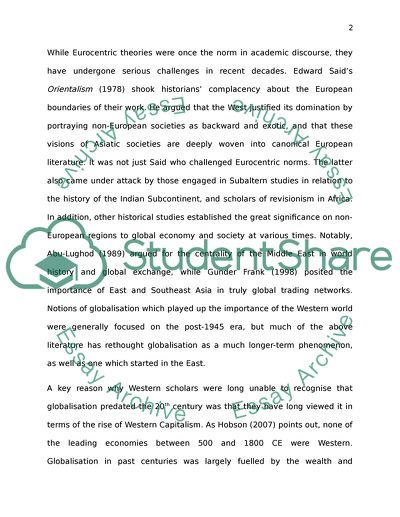Cite this document
(Similarities and Differences between Globalization in the Past and Research Paper, n.d.)
Similarities and Differences between Globalization in the Past and Research Paper. Retrieved from https://studentshare.org/politics/1748065-is-globalisation-unique-to-the-post-1945-era-and-if-not-then-are-there-differences-between-historical-and-modern-globalisation
Similarities and Differences between Globalization in the Past and Research Paper. Retrieved from https://studentshare.org/politics/1748065-is-globalisation-unique-to-the-post-1945-era-and-if-not-then-are-there-differences-between-historical-and-modern-globalisation
(Similarities and Differences Between Globalization in the Past and Research Paper)
Similarities and Differences Between Globalization in the Past and Research Paper. https://studentshare.org/politics/1748065-is-globalisation-unique-to-the-post-1945-era-and-if-not-then-are-there-differences-between-historical-and-modern-globalisation.
Similarities and Differences Between Globalization in the Past and Research Paper. https://studentshare.org/politics/1748065-is-globalisation-unique-to-the-post-1945-era-and-if-not-then-are-there-differences-between-historical-and-modern-globalisation.
“Similarities and Differences Between Globalization in the Past and Research Paper”, n.d. https://studentshare.org/politics/1748065-is-globalisation-unique-to-the-post-1945-era-and-if-not-then-are-there-differences-between-historical-and-modern-globalisation.


